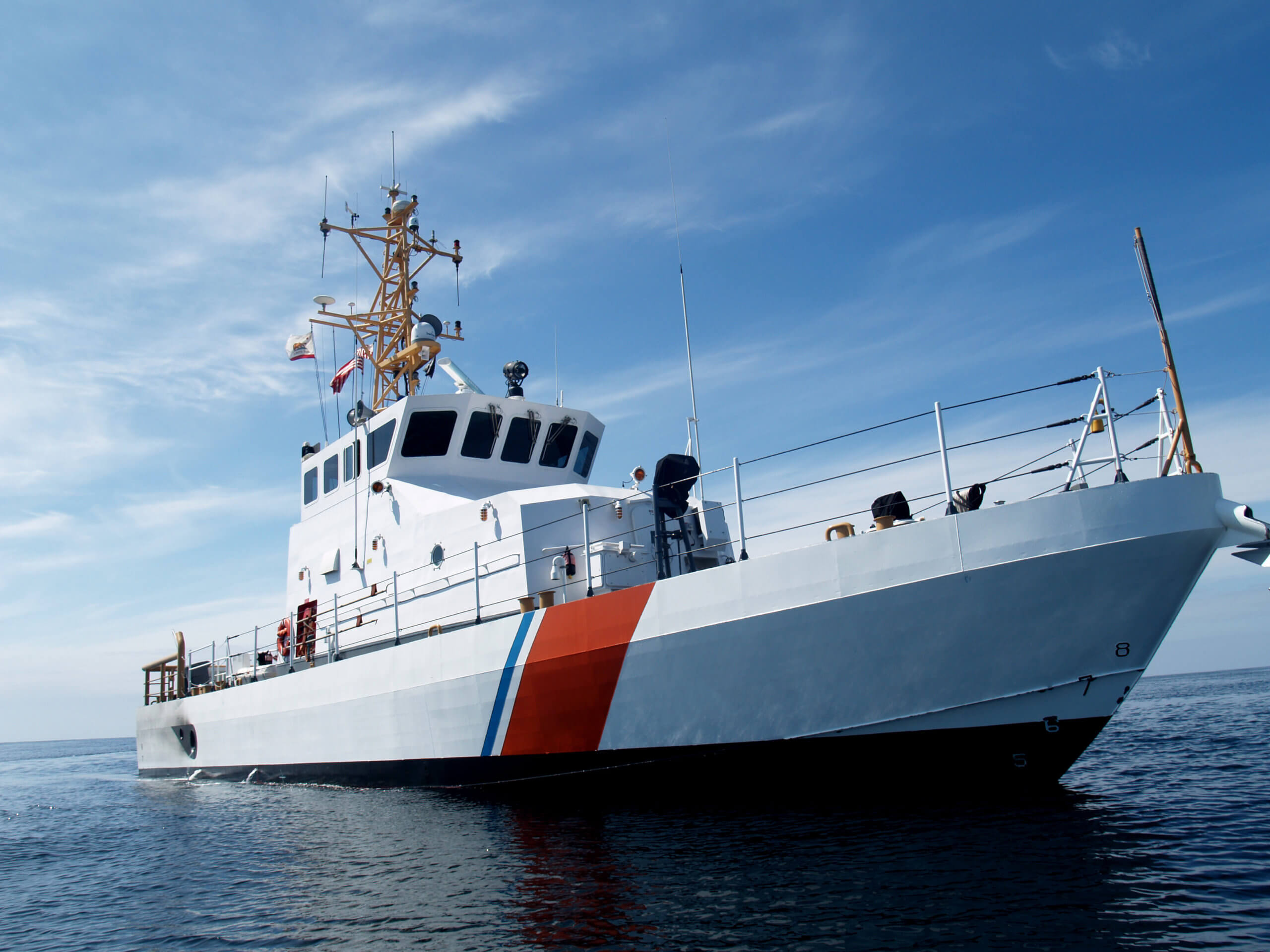Time And Tide Wait For No (Wo)Man

Don’t mistake precision for accuracy
Before reading the weekly tide tables as gospel, let’s take a moment to review a few essentials. First, don’t mistake precision for accuracy. What? Just because we can predict the tides to the second as far into the future as you could imagine (after all, we certainly know the rotations of the Earth, Sun and Moon to exquisite precision), it doesn’t mean that the times are accurate! Why aren’t they? “We can put a man on the moon . . .”
First, the weather matters. Picture the inlets that punctuate the south shore of Long Island as a straw between one big balloon (Moriches Bay, for example) and one REALLY big balloon (the North Atlantic). If there are strong winds from any northerly heading, someone is blowing back out the straw while the tide itself is trying to come through the straw and into the Bay.
What happens? The tide wins but it arrives later than the computer model, based on celestial relationships between the Earth, Sun and Moon, predicted. Go through all the combinations about wind with the tide (outgoing/ebbing), wind against the tide (incoming/flooding) and you can see. Times are approximate . . .
Secondly, the tidal range (height, top to bottom) varies too. Wait! What about all those computer models? We know when the Sun is lined up with the Moon, creating “Spring” tides (higher highs, lower lows, during new and full moons). We know when they are exactly NOT lined up, i.e., at right angles to the Earth, creating “Neap” tides (lower highs, higher lows during quarter moons). Well, have you ever heard the weather man say, “There is a high-pressure area coming . . .” Well, air has weight (14 lbs/square inch at sea level.) If pressure increases, it matters! It lies on top of the water like a blanket.
Similarly, and with much more to worry about, if the weather man says, “There is a low-pressure area building,” be ready for strong winds (filling the vacuum/imbalance between “normal” pressure and the low pressure) and higher tides. Someone took off the heavy blanket and replaced it with a sheet! By the way, if the wind is starting to rise, face it and point straight out to your right. If you are pointing towards water, start to double your dock lines. That means the center of the storm is over water, from whence it derives its power. Think about it. Face northeast and point straight out to the right. What are you pointing at? The North Atlantic. Ever wonder why nor’easters are so powerful?
With all that as background, one last thing. Tides change at different times in the same bay. What? Well, think about it. When the tide starts to form outside the Moriches Inlet, it eventually has to work its way around the shoal island just inside the inlet. Then it has to work its way east and west towards Shinnecock and the Great South Bay, respectively. The wide expanse of those two reaches takes some of the power out of the “straw” that is still being fed by the tidal surge.
So, what to do?
Don’t mistake precision for accuracy. These are estimates, good estimates, but estimates nonetheless. Use your “seaman’s eye” to anticipate how the times might be affected by the weather.
Be aware of the Moon’s phase in regards to the range of the tide. She is beautiful indeed and will have her way.
Remember to adjust the tide table times for your locale. If the table of offsets isn’t close enough to your home port to give you comfort, take some time and watch the tide in your creek or at your dock. I live between the Inlet and Potunk Point. The tide reaches me 75 minutes before it reaches Potunk Point!
BTW, if you are interested in being part of USCG Forces, email me at JoinUSCGAux@aol.com or go direct to the D1SR Human Resources department, who are in charge of new members matters, at DSO-HR and we will help you “get in this thing…”



